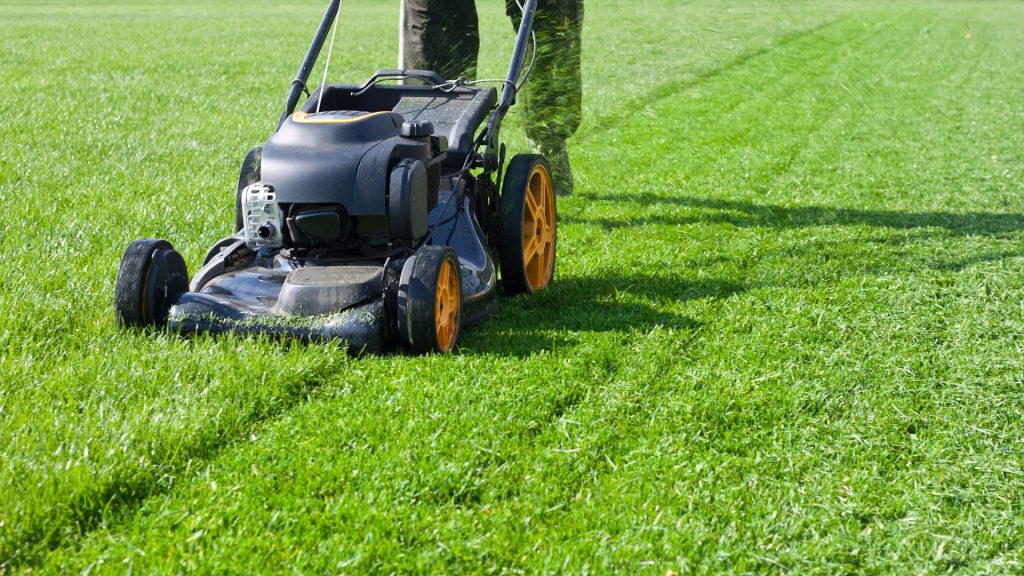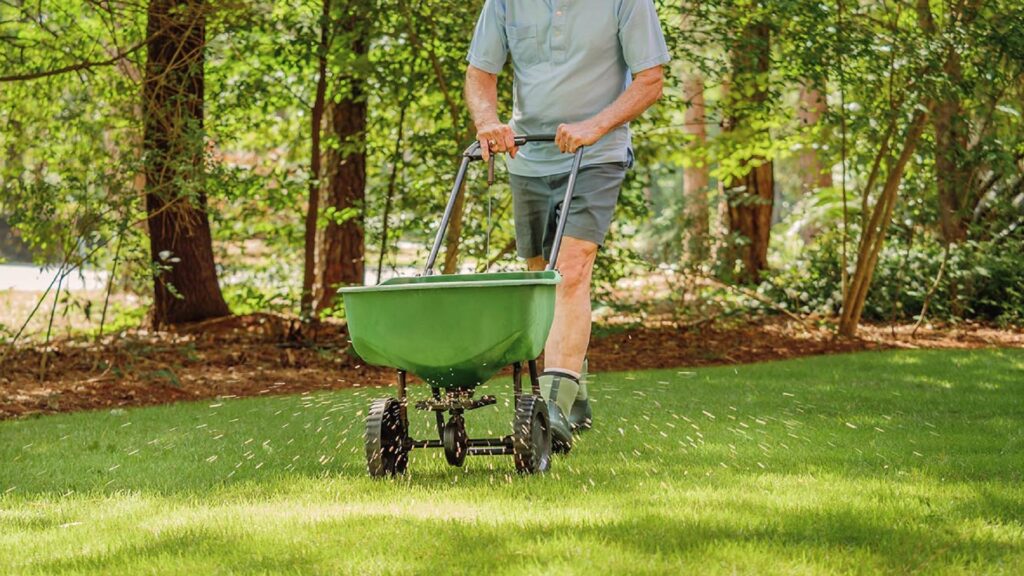
How Often Do You Need To Fertilize Your Lawn?
Lawns need fertilizers to grow – that’s a no-brainer.
But it’s easy to apply fertilizers too often in a bid to provide adequate nutrients to your turfgrass. Instead of nurturing it, you’ll probably hurt your lawn and damage the environment, too!
How often is too often when it comes to fertilizing lawns? And how long between applications is a bit too long?
Discovering these answers is essential to maintaining a healthy lawn. Keep reading to learn how often to fertilize lawn for best results and other useful tips to keep your turfgrass in tiptop condition.
Why You Need To Fertilize Your Lawn
Here at GreenIQ, we take pride in providing all-round education to homeowners regarding their lawns.
That’s why we are starting this guide with five good reasons you should take lawn fertilization very seriously.
#1 Fertilizers Provide Essential Nutrients in Soil
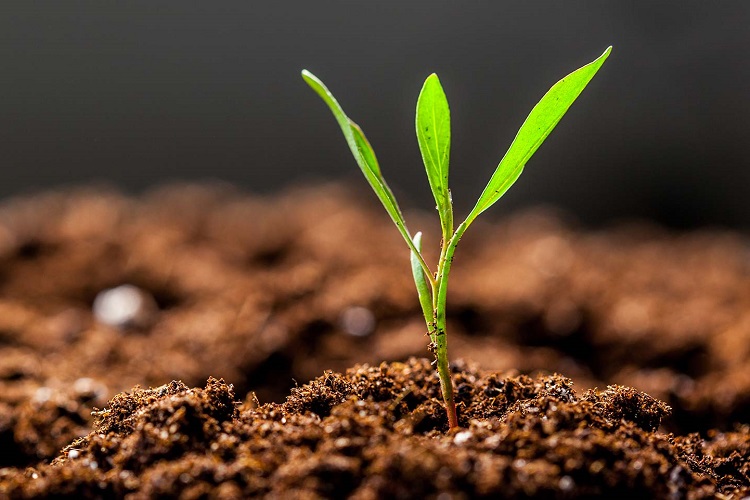
Ever seen a lush lawn that’s the envy of the neighborhood? It all comes down to high soil quality. To get a healthy lawn you need very fertile soil.
Unfortunately, your soil can’t maintain all the essential nutrients it needs to stay fertile year after year. It will naturally lose many of these nutrients over time.
And that’s where fertilizers come in. They help to replace the lost soil nutrients so you can get a great-looking lawn all year round.
#2 Fertilizers Help Grass to Grow Faster
In addition to being an essential part of your lawn’s diet, fertilizers can help your grasses grow a lot faster compared to turfgrass without fertilizers.
When you apply fertilizers to your lawn, they strengthen the roots of your grass. This allows the roots to quickly take in more water.
In addition to healthier roots and stems, your lawn is less likely to have messy mud puddles since the roots absorb water faster.
It also means you’ll have firm soil. Plus zero bare patches!
#3 It Is Easy to Apply
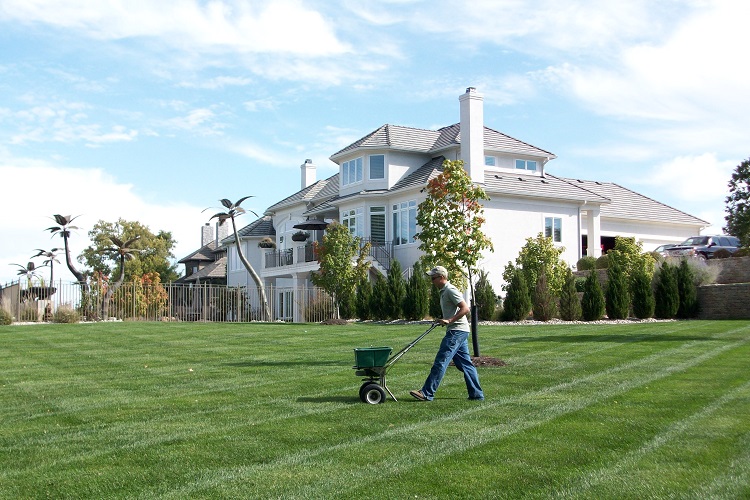
You don’t have to be exceptionally great with houseplants to use fertilizers. Just about anyone can spread fertilizers on lawns without hiring a local service.
Simply follow the instructions on the package and spread it evenly over your lawn. Don’t let the ease-of-use fool you, though!
Fertilizers are typically very effective and will leave your lawn looking great.
#4 Fertilizer Is Lawn Food
Besides water and sunshine, lawns need food to survive and thrive. By adding fertilizer to the soil, you provide your lawn with three rich elements:
- Potassium (K): This makes your grasses stronger so they can resist diseases and drought.
- Nitrogen (N): This boosts the production of chlorophyll, which promotes healthy leaf growth.
- Phosphorous (P): This helps your turfgrass develop healthy stems and roots.
#5 It is a Cost-Effective Solution

Most homeowners are concerned about the additional costs of using fertilizers on their lawns. But there really isn’t any reason to worry.
That’s because using fertilizers is actually a cost-effective way to maintain a healthy lawn. After applying fertilizers, there’s nothing much to do apart from basic maintenance.
Plus, you don’t have to apply fertilizers too frequently. Speaking of fertilizer application frequency, let’s get to the root of the matter at hand: how often to fertilize lawn.
How Often Do You Need To Fertilize Your Lawn
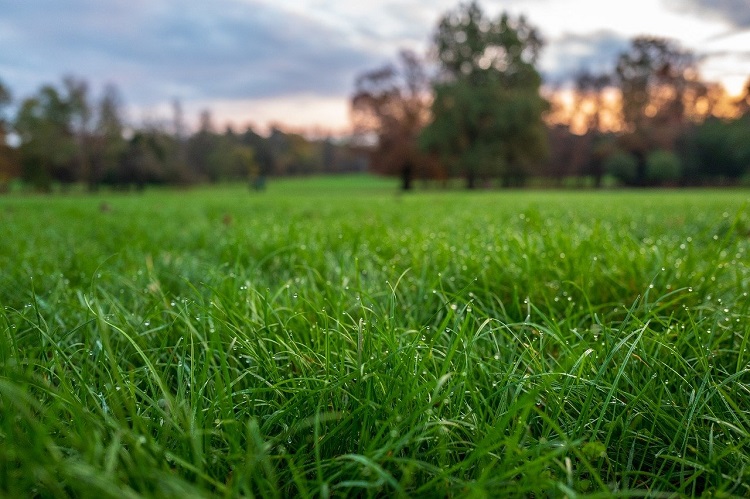
The precise schedule or frequency for applying fertilizer to a lawn is not set in stone. That’s because there are a few different variables to consider when it comes to fertilizing lawns.
You need to factor in:
- The specific grass species you have
- The type of lawn grass (cool-season or warm-season grass)
- The climate in your location
That being said, most lawns will need fertilizing at least once or twice a year. This is generally enough to keep your turfgrass healthy and green.
Depending on the type of lawn you have, it might be okay to apply fertilizer up to four times a year.
But how far apart should you space out the application? There are no hard and fast rules here; only general guidelines.
Here’s something to guide you:
- For slow-release organic fertilizers, it is okay to space out the application for about 8 to 10 weeks between applications.
- If you opt for synthetic fertilizers, consider spacing out fertilizer application on your lawn every 4 to 5 weeks.
Whatever you do, make sure you are considering the feeding needs of your specific grass species and not mere guesswork.
Also, don’t forget the amount of water your grass gets. Overall, you want to keep a watchful eye on your turf. It is okay to skip fertilizer application if it looks green and thick.
If your lawn starts to look brown, it is time to give it some tender loving care!
And while there is no one-size-fits-all recommendation, the key to a successful and lush lawn is to apply fertilizer during the season when your turf is actively growing.
That’s why it is important to know the type of grass you have. When it comes to lawn grass types, the common grasses are cool-season and warm-season grass.
Cool-Season Grasses
Many of the common lawn grasses are cool-season varieties. These include perennial ryegrass, fine fescue, tall fescue, Kentucky bluegrass, bentgrass.
Cool-season grasses do most of their growing during the early spring and fall seasons.
In the spring, you want to fertilize around the time you start to mow your lawn. This is when the grass is actively growing.
In the fall, wait until the temperature drops to fertilize your lawn.
Keep in mind that fertilizing too late in the fall might make your lawn weak. For best results, fertilize your lawn at least 6 weeks before the first frost is expected.
Warm-Season Grasses
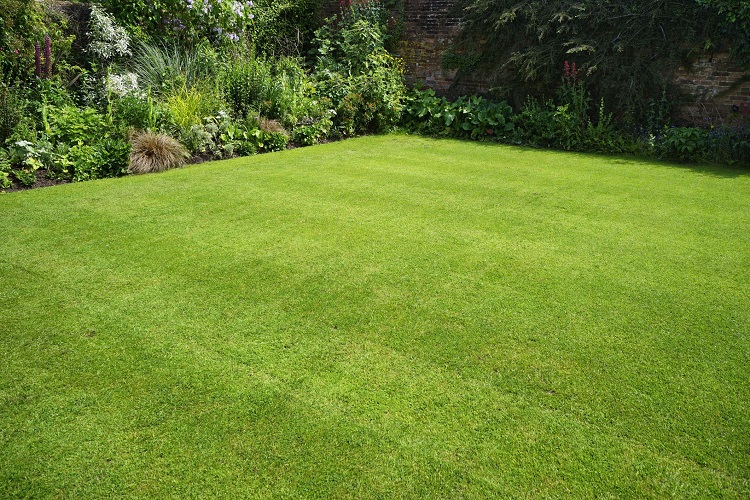
Warm-season grasses include varieties such as St. Augustine grass, zoysia grass, carpet grass, Bermuda grass, buffalo grass, and centipede grass.
If you live in the southern states of the U.S., you probably have one of these growing on your lawn.
These grow more actively during the summer and tend to go dormant in winter.
The right time to fertilize warm-season grasses is around late spring and early summer. The grasses are in full growth during these times.
Avoid fertilizing these types of grasses when the fall season is near or too late in the year, as doing so will weaken your lawn in the winter.
Bottom Line
Your grass will make the most out of the fertilizer if you apply it when they are actively growing.
There’s really no need to waste your time with frequent fertilizing. Besides the risk of hindering growth in your lawn (yes, overfeeding can prevent grass growth!), it is also not safe for the environment.
For this reason, it is crucial to fertilize your lawn only at the right time!
Want to learn more about the ideal time to apply fertilizers? Read our guide on the Best Time To Fertilize Lawn Before Or After Rain.
How Much Fertilizer Do You Need
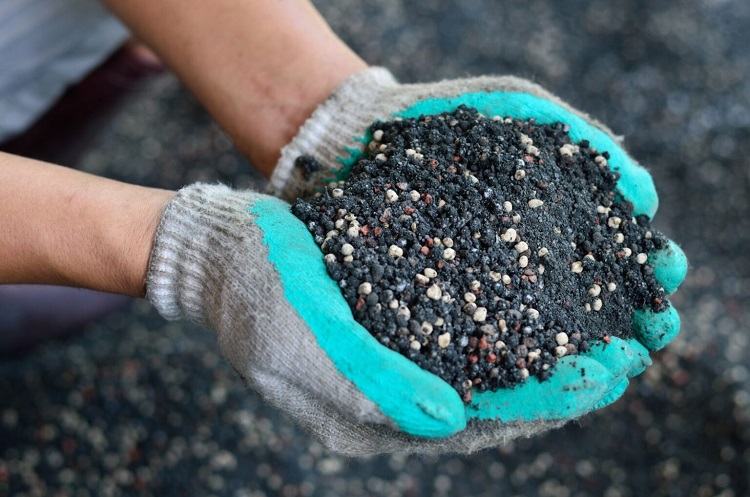
The amount of fertilizer you need will depend on the type of lawn you have and the size of your lawn.
Recommended fertilizer amounts are typically based on the nitrogen needs of your grass for 1,000 square feet of lawn per year.
To figure out the exact amount of fertilizer your lawn requires, make sure to identify your grass type and determine the size of your lawn.
Be sure to follow the recommended quantity for any fertilizer product you choose. Too much fertilizer can burn the blades of your grass.
Fertilizer Type
The type of fertilizer you use is another factor to consider when deciding what’s best for your lawn’s health.
Fertilizers come in organic and synthetic options, and these are available as granular or liquid products.
Here’s a summary of the different types:
- Organic: These are made from natural components derived from plants and animals. Usually, organic fertilizers are slow-release options. In other words, they have a long-lasting effect, compared to man-made fertilizers for lawns.
- Synthetic: These are formulated from a combination of synthetic components but offer the essential nutrients required by the soil and turf. The main attraction here is that synthetic fertilizers release their nutrients rather quickly.
- Granular: These are easier to spread and suitable for smaller lawns. Just about anyone can apply granular fertilizers.
- Liquid: Fertilizers in this form are usually fast and effective. But they are not easy to spread on lawns. This is why they are mostly used by professionals who use specialized sprayers to distribute the liquid fertilizer over large areas like lawns.
Conclusion
Knowing how often to fertilize lawn is essential to having healthy and green landscaping.
You don’t want to overdo it. Yet, inadequate fertilizing will also amount to a waste of time, effort, and money.
Thankfully, you now know how to strike a balance between too much and too little fertilizer application.
Now, nothing can stop you from having that lush lawn you’ve always wanted!
Remember to read up on the Best Time To Fertilize Lawn Before Or After Rain.
Resources:

